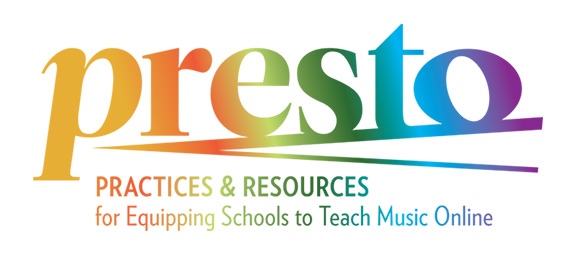In a singing and choral context, intonation and tuning underpin the balance and blend of sound across a vocal ensemble. In conjunction with inner hearing and an awareness of the sound produced by other singers, physical sensations of supporting the breath, shaping discrete vowel and consonant sounds using vocal tract articulators, and relaxing the body are important in maintaining a quality, resonant, supported tone. Good intonation and tuning enhance expression and meaning. Deliberate pitch inflection may also be required by the repertoire.
This video considers the concept of Intonation and Tuning by exploring spectrographic representations of different aspects of pitch inflection across a range of voice types such as: diphthongs and triphthongs, onsets, glissando, repeated notes and vibrato. Spectrograms can reinforce demonstration of techniques and support understanding of approaches for achieving good intonation and a well-tuned sound.
Video Chapters:
What do Diphthongs and Triphthongs look like? What do other Pitch Inflections look like?
When you have viewed the video, click on the audio extracts referenced in this video so that you can recreate these examples or interact with them in other ways.
A number of activities including Singing A–Long Together and Vivacious Vibrato have been developed to help you and your singers to interact with your individual voice pictures, experiment with speed and control of vibrato, and investigate what happens to tuning, pitch, resonance and tone quality when singing legato pitches together. Click on the ‘Activity’ button to access these materials.
If you have not yet explored Sonic Visualiser or how spectrograms work, go to our introductory video Introduction to Spectrograms and download our Getting Started with Spectrograms user guide. This will make engaging with the contents of this video and the accompanying activity more fruitful.
Below, you will find a series of video resources, each one accompanied by activities and audio samples for you to practise, demonstrate and explore:
Created & Produced by Dr Barbara Dignam as a resource for the Visualising Vocal Sound using Spectrogram Technology element of the PRESTO project.
Dublin City University, Ireland

